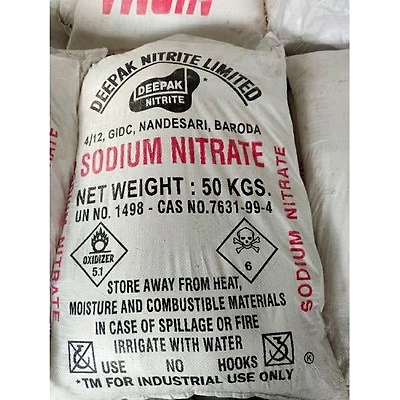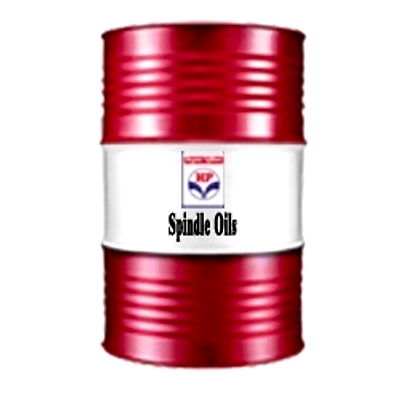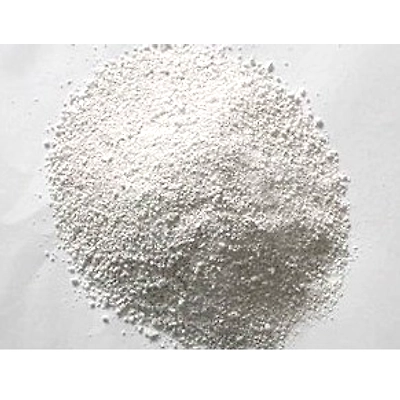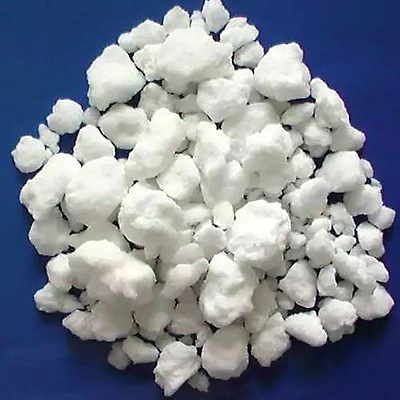Sodium Nitrate
SODIUM NITRATE
HS Code: 31025000
Sodium Nitrite
SODIUM NITRITE
Spindle Oil
Stable Bleaching Powder
BLEACHING POWDER
Calcium Chloride Fused
CALCIUM CHLORIDE FUSED
HSN Code 28272000
Calcium chloride is an inorganic compound, a salt with the chemical formula CaCl?. It is a white coloured crystalline solid at room temperature, and it is highly soluble in water. It can be created by neutralising hydrochloric acid with calcium hydroxide.
Molar mass : 110.98 g/mol
Formula : CaCl2
IUPAC ID : Calcium chloride
Boiling point : 1,935 °C
Melting point : 772 °C
Soluble in : Water, Acetic acid, Alcohol, Acetone
Calcium Chloride Fused Lumps that are widely used in cement manufacturing, concrete additive and oil drilling wells, bitumen industries, iceing industries if etc.,
Product Features:
• Purity
• Correct formulation
• Effectiveness
• Long shelf life
APPLICATIONS
Calcium chloride is a versatile product providing unique contributions in widely varying applications:-
Agriculture: Post-Harvest
Agriculture: Pre-Harvest
Brining
Concrete Acceleration
Drilling Fluid Additive
Food Processing
Hydrocarbon Dehydration
Ice Melting: Road & Highway
Ice Melting: Sidewalks
Industrial
Refrigeration







